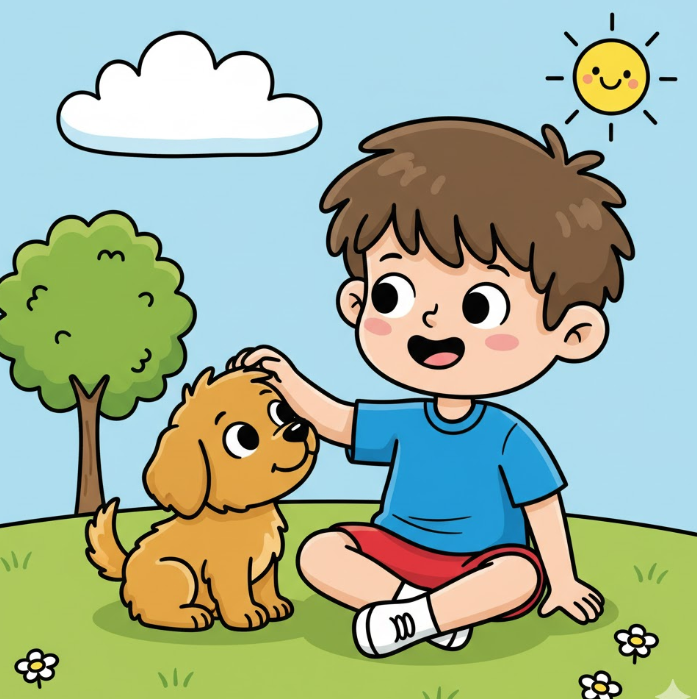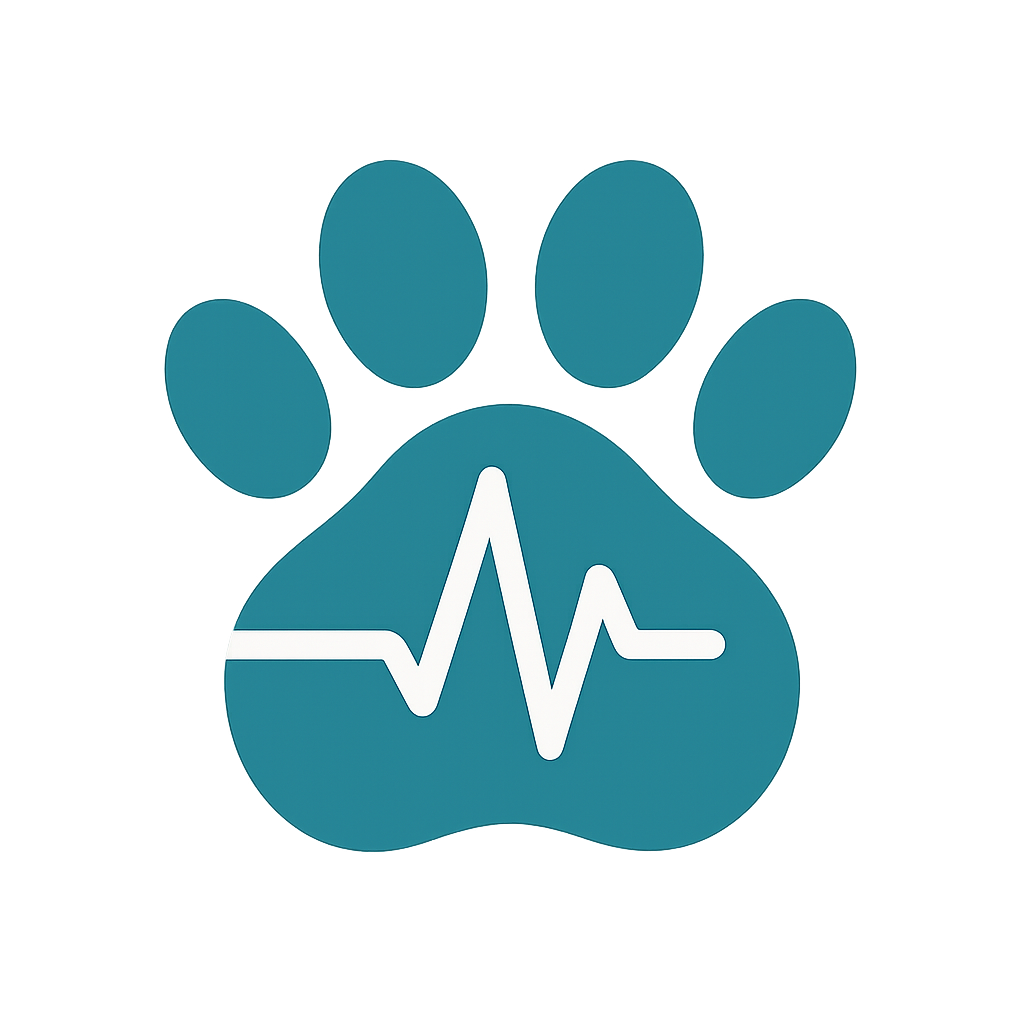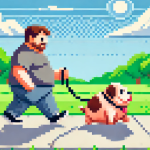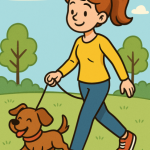
The Science of Best Friends: How You and Your Dog Shape Each Other
Ever feel like your dog understands you a little too well? Science says you’re not imagining it — you and your pup are actually co-constructing your relationship, one walk, treat, and cuddle at a timeanimals-15-02875.
Researchers at the Université de Montréal just dropped a groundbreaking study that redefines what it means to be “pet parent and dog.” Instead of one-way training or ownership, they call it a “dyadic relationship” — a fancy way of saying you and your dog are partners in emotional growth, communication, and well-being.
💬 What Does “Co-Construction” Even Mean?
Think of your bond with your dog like a dance: you lead and follow. Every look, bark, treat, and tail wag changes the rhythm between you two. Over time, this creates a unique relationship fingerprint that shapes how both of you feel, act, and learn.
The study builds on Self-Determination Theory — basically, the idea that all living beings (yes, dogs too!) thrive when three needs are met:
- Autonomy – Feeling free to make choices (“Can I sniff this tree?” “Can I nap right here?”)
- Competence – Feeling skilled and effective (“I nailed that sit-stay!”)
- Relatedness – Feeling securely bonded (“You’re my person.”)
When both you and your pup get these needs met, your bond doesn’t just work — it thrives.
🧠 How You Train Matters (A Lot)
If you still think “tough love” training is the way to go, science begs to differ.
The researchers found that reward-based training (think treats, praise, toys) helps dogs feel competent and connected, while punishment-based methods crank up stress and fear.
🐶 Dogs trained with positive reinforcement:
- Look at their owners more often (hello, trust!)
- Play better with strangers
- Perform more confidently
🐕🦺 Dogs trained with aversive techniques:
- Show more stress behaviors
- Are more likely to develop aggression
- Miss important social cues from humans
So the next time you’re tempted to shout “bad dog,” remember: teaching with kindness is actually science-backed.
💞 Attachment Is a Two-Way Street
Yes, your dog really loves you — and not just because you feed them.
Dogs form emotional bonds remarkably similar to how children attach to their care. When that bond is secure, dogs explore more, stress less, and communicate better.
But it’s not all about them — your own emotional style affects your dog’s behavior too.
- Owners with secure attachment styles often have calmer, more sociable dogs.
- Owners with avoidant or anxious tendencies? Their dogs tend to mirror that stress or uncertainty.
The takeaway: building your dog’s confidence starts with building your own emotional connection.
🦴 Let Them Have a Say (Yes, Really)
The study also introduces a radical idea: canine consent. It means letting your dog choose when and how to participate — from grooming to vet visits. Dogs who feel they have control over their environment are happier, calmer, and more cooperative.
Practical ways to give your pup more autonomy:
- Offer choices: “Want to walk left or right?”
- Use cooperative care: teach “consent cues” like a chin rest to signal readiness for grooming
- Let them sniff! Every sniff is data gathering — and stress relief.
Remember: freedom (within reason) fuels trust.
The Bigger Picture: You’re in This Together
Your relationship with your dog isn’t static — it’s a living system shaped by both of you over timeanimals. Each choice you make — training method, daily routine, emotional tone — adds a brushstroke to your shared story.
The researchers call for more “bidirectional” tools to study this mutual growth scientifically. But you don’t need a lab to start noticing it at home. Watch how your mood changes your dog’s, how their excitement lifts yours, and how your shared cues evolve — that’s co-construction in action.
🐕✨ 3 Quick Tips to Strengthen Your Human-Dog Connection
- Train with treats and patience, not punishment.
Positive reinforcement fuels confidence for both of you. - Talk less, notice more.
Dogs read our tone, posture, and timing better than our words. - Let your dog be a dog.
Sniffing, exploring, resting — it’s their way of learning and recharging.
🐾 Share Your Pet’s Story!
What’s the sweetest or funniest way your dog has “trained” you?
Drop it in the comments or tag us with #ScienceOfBestFriends.
Because when science meets love, every wag tells a story.




